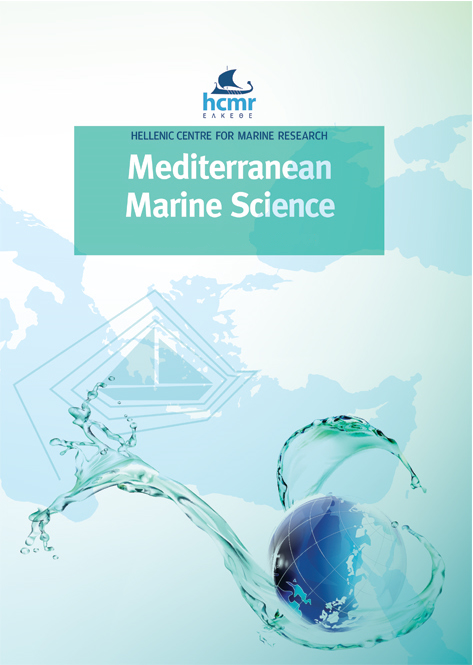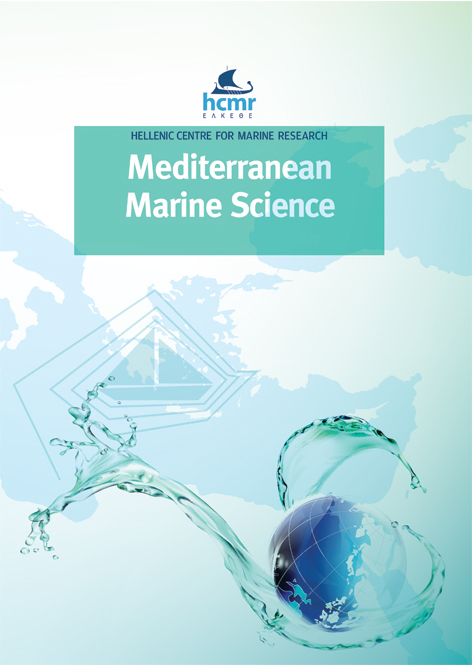The hidden invasion of the alien seagrass Halophila stipulacea (Forsskål) Ascherson along Southeastern Italy

Abstract
The seagrass Halophila stipulacea (Forsskål) Ascherson (Hydrocharitaceae) is a non-indigenous species (NIS) for the Mediterranean
Sea. This species is expected to have a high potential for invasiveness based on models predicting the present and future
suitability of the Mediterranean coasts with respect to the plant requirements. This species was recorded for the first time along
the Apulian coast in the Otranto harbor in 2011. Such a record was not considered in recent publications dealing with the species
distribution and its forecasted invasion pathway, probably due to the scant information provided. One decade after its first record
in the area, we confirmed the presence of the H. stipulacea meadow in the same locality (Otranto), and we identified four new H.
stipulacea meadows along the Ionian coast are between 1 and 30 m deep in touristic areas. Indirect evidence suggests that the plant
is actively spreading along the southeastern Italian coast, and monitoring programs aiming at mapping its distribution in the area,
as well as its potential effect on the native biota, are required.
Article Details
- How to Cite
-
TOSO, A., & MUSCO, L. (2023). The hidden invasion of the alien seagrass Halophila stipulacea (Forsskål) Ascherson along Southeastern Italy. Mediterranean Marine Science, 24(1), 96–100. https://doi.org/10.12681/mms.31497
- Section
- Short Communication
Authors who publish with this journal agree to the following terms:
- Authors retain copyright and grant the journal right of first publication with the work simultaneously licensed under a Creative Commons Attribution Non-Commercial License that allows others to share the work with an acknowledgement of the work's authorship and initial publication in this journal.
- Authors are able to enter into separate, additional contractual arrangements for the non-exclusive distribution of the journal's published version of the work (e.g. post it to an institutional repository or publish it in a book), with an acknowledgement of its initial publication in this journal.
- Authors are permitted and encouraged to post their work online (preferably in institutional repositories or on their website) prior to and during the submission process, as it can lead to productive exchanges, as well as earlier and greater citation of published work (See The Effect of Open Access).








